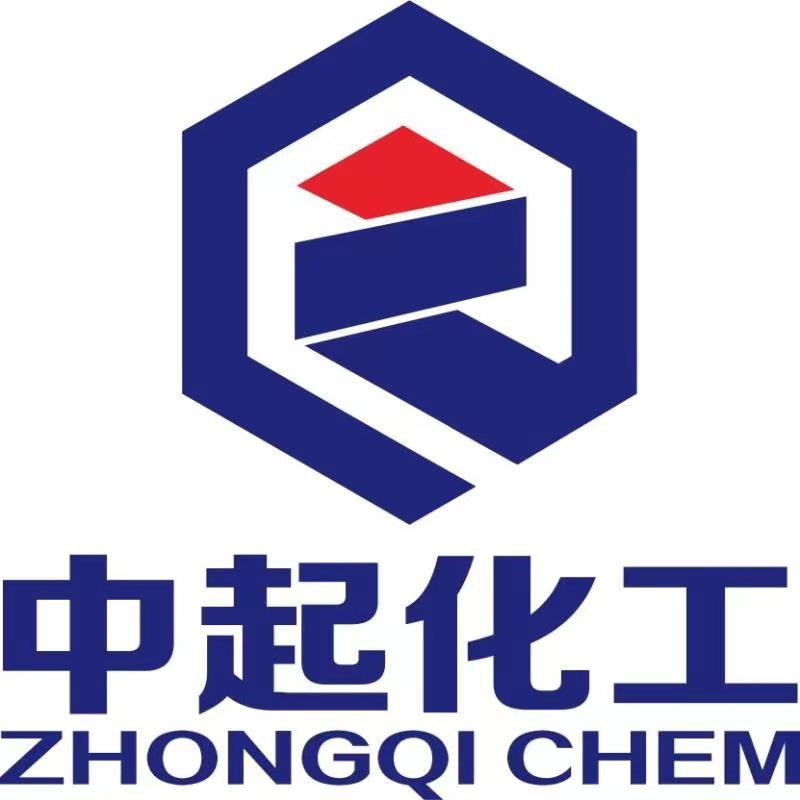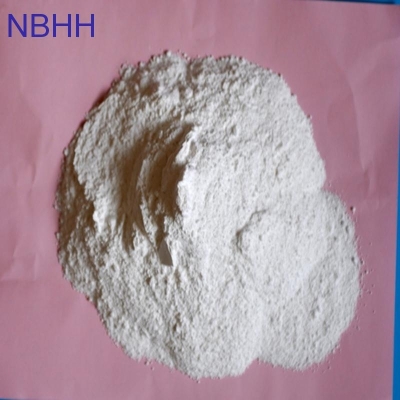-
Categories
-
Pharmaceutical Intermediates
-
Active Pharmaceutical Ingredients
-
Food Additives
- Industrial Coatings
- Agrochemicals
- Dyes and Pigments
- Surfactant
- Flavors and Fragrances
- Chemical Reagents
- Catalyst and Auxiliary
- Natural Products
- Inorganic Chemistry
-
Organic Chemistry
-
Biochemical Engineering
- Analytical Chemistry
-
Cosmetic Ingredient
- Water Treatment Chemical
-
Pharmaceutical Intermediates
Promotion
ECHEMI Mall
Wholesale
Weekly Price
Exhibition
News
-
Trade Service
In accordance with the relevant laws and regulations of China and the "Protocol of the General Administration of Customs of the People's Republic of China and the Ministry of Agriculture of the Republic of Zambia on the Phytosanitary Requirements for the Export of Zambia Stevia to China", from now on, the import of Zambian stevia that meets the following relevant requirements is allowed:
Regulations of the Ministry of Agriculture Stevia Plant Quarantine Import 1.
Basis for inspection and quarantine
Basis for inspection and quarantine
(1) The Law of the People's Republic of China on the Quarantine of Animals and Plants Entering and Leaving the Country and its Implementing Regulations, the Food Safety Law of the People's Republic of China and its implementing regulations;
Food Safety Law Food Safety Law (2) Protocol between the General Administration of Customs of the People's Republic of China and the Ministry of Agriculture of the Republic of Zambia on Phytosanitary Requirements for the Export of Stevia from Zambia
to China.
to China.
2.
The names of commodities allowed to enter the country
The names of commodities allowed to enter the country
Stevia rebaudiana in this bulletin refers to the cultivation of processed and dried stevia stems and leaves
in Zambia.
in Zambia.
3.
Permitted places of origin
Permitted places of origin
All of Zambia
.
.
Pests of concern
Stevia must not carry the following pests of concern:
1.
Stevia shell Needle steviae
Stevia shell Needle steviae
2.
Pseudomonas chicory Pseudomonas Pseudomonas cichorii
Pseudomonas chicory Pseudomonas Pseudomonas cichorii
3.
Tobacco A Lasioderma serricorne
Tobacco A Lasioderma serricorne
4.
Prostephanus truncatus
Prostephanus truncatus
5.
Tribolium destructor
Tribolium destructor
6.
Trogoderma granarium
Trogoderma granarium
7.
Oligonychus yothersi
Oligonychus yothersi
8.
Ammi majus
Ammi majus
9.
Creeping cornflower Centaurea repens
Creeping cornflower Centaurea repens
10.
Spread cornflower Centaurea diffusa
Spread cornflower Centaurea diffusa
11.
Mandala Datura stramonium
Mandala Datura stramonium
12.
Mikania micrantha
Mikania micrantha
Solanum elaeagnifolium
14.
Black sorghum almum
Black sorghum almum
15.
Fake sorghum halepense
Fake sorghum halepense
5.
Pre-shipment requirements
Pre-shipment requirements
(1) Production requirements
.
.
The Phytosanitary Authority under the Ministry of Agriculture of the Republic of Zambia (hereinafter referred to as "Zambian") shall supervise stevia growers to strengthen production management, formulate pest control plans, and take timely prevention and control measures to remove quarantine weeds
from the field.
At the same time, strengthen harvest management to avoid stevia with weed plants and their seeds, plant residues, soil, etc
.
from the field.
At the same time, strengthen harvest management to avoid stevia with weed plants and their seeds, plant residues, soil, etc
.
(2) Registration requirements
.
.
The Zambia side shall register the stevia processing enterprises exported to China, supervise their production, processing, storage, fumigation and transportation, and ensure that they meet the quarantine requirements of
China's inbound plants.
Processing enterprises shall be recommended by Zane to the General Administration of Customs of the People's Republic of China (hereinafter referred to as "The Chinese Party") and shall be registered after examination and approval by the Chinese Side
.
China's inbound plants.
Processing enterprises shall be recommended by Zane to the General Administration of Customs of the People's Republic of China (hereinafter referred to as "The Chinese Party") and shall be registered after examination and approval by the Chinese Side
.
(3) Requirements for
processing, storage and transportation.
processing, storage and transportation.
Stevia storage warehouses should be clean and tidy and stored
separately.
Stevia should be dried and packed in sealed seals
.
The packaging bag should be clean and used for the first time, and the name of the processing enterprise and its registration number, product name, place of origin and other information
should be marked.
Stevia carriers or containers should be clean and hygienic, free of pests and residue from previously loaded cargo
.
separately.
Stevia should be dried and packed in sealed seals
.
The packaging bag should be clean and used for the first time, and the name of the processing enterprise and its registration number, product name, place of origin and other information
should be marked.
Stevia carriers or containers should be clean and hygienic, free of pests and residue from previously loaded cargo
.
(4) Pre-export quarantine and certificate requirements
.
.
The Zambian side should quarantine stevia before it is exported to China
.
If live insects are found, the goods should be fumigated in warehouses or containers before export.
For goods that meet the requirements of the Protocol, a phytosanitary certificate should be issued in accordance with the ISPM12 Phytosanitary Certificate Guidelines, with an additional statement in English: "The consignment is from registered processing facility (Registration No.
***), is in compliance with requirements described in the.
" Protocol of Phytosanitary Requirements for the Export of Stevia from Zambia to China, and is free from the quarantine pests concerned by China"[The shipment came from a registered processing enterprise (registration number ***) and met the requirements of the Protocol on Phytosanitary Requirements for the Export of Zambia Stevia to China, Quarantine pests that do not bring china's concern].
If it is fumigated, the date
, temperature, concentration and duration of fumigation treatment shall also be indicated in the phytosanitary certificate.
.
If live insects are found, the goods should be fumigated in warehouses or containers before export.
For goods that meet the requirements of the Protocol, a phytosanitary certificate should be issued in accordance with the ISPM12 Phytosanitary Certificate Guidelines, with an additional statement in English: "The consignment is from registered processing facility (Registration No.
***), is in compliance with requirements described in the.
" Protocol of Phytosanitary Requirements for the Export of Stevia from Zambia to China, and is free from the quarantine pests concerned by China"[The shipment came from a registered processing enterprise (registration number ***) and met the requirements of the Protocol on Phytosanitary Requirements for the Export of Zambia Stevia to China, Quarantine pests that do not bring china's concern].
If it is fumigated, the date
, temperature, concentration and duration of fumigation treatment shall also be indicated in the phytosanitary certificate.
6.
Entry inspection and quarantine
Entry inspection and quarantine
(1) Verification
of certificates.
of certificates.
1.
Check whether the "Quarantine Permit for Imported Animals and Plants" is attached;
Check whether the "Quarantine Permit for Imported Animals and Plants" is attached;
2.
Check whether it comes from a registered enterprise;
Check whether it comes from a registered enterprise;
3.
Verify whether the phytosanitary certificate is true and valid
.
Verify whether the phytosanitary certificate is true and valid
.
(2) Inspection of
goods.
goods.
In accordance with relevant laws, administrative regulations, rules and other provisions, combined with Articles 4 and 5 of these Requirements, inspection and quarantine
shall be carried out for imported stevia.
Those who pass the inspection and quarantine are allowed to enter the country
.
shall be carried out for imported stevia.
Those who pass the inspection and quarantine are allowed to enter the country
.
(3) Handling
of non-conformities.
of non-conformities.
1.
Without a valid phytosanitary certificate, no entry is allowed;
Without a valid phytosanitary certificate, no entry is allowed;
2.
The goods are from unregistered processing enterprises and are returned or destroyed;
The goods are from unregistered processing enterprises and are returned or destroyed;
3.
Where harmful organisms listed in Article 4 are discovered and are allowed to enter the country after effective pest removal treatment, and there is no effective pest removal method, they shall be returned or destroyed;
Where harmful organisms listed in Article 4 are discovered and are allowed to enter the country after effective pest removal treatment, and there is no effective pest removal method, they shall be returned or destroyed;
4.
Soil or other prohibited substances are found and returned or destroyed
.
Soil or other prohibited substances are found and returned or destroyed
.
The Chinese side will inform the Zambia side of the relevant violations, and take measures such as suspending relevant processing enterprises and even suspending the export of Zambian stevia to China according to the severity of the violations
.
.
This is hereby announced
.
.
Customs
September 5, 2022
Announcement download link:
The Announcement of the General Administration of Customs on the Quarantine Requirements for the Import of Zambian Stevia .
doc
The Announcement of the General Administration of Customs on the Quarantine Requirements for the Import of Zambian Stevia . doc
doc
The Announcement of the General Administration of Customs on the Quarantine Requirements for the Import of Zambian Stevia .
pdf
The Announcement of the General Administration of Customs on the Quarantine Requirements for the Import of Zambian Stevia . 






